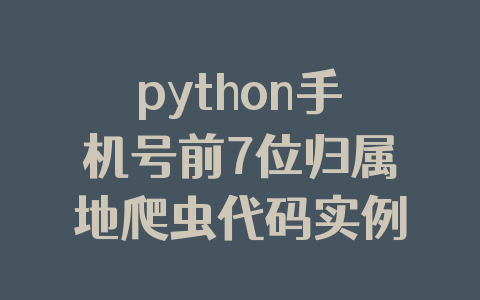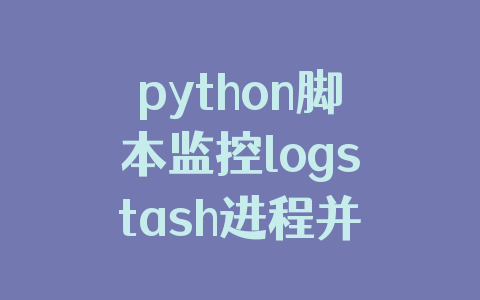当你执行大型程序的时候,突然出现exception,会让程序直接停止,这种对服务器自动程序很不友好,而python有着较好的异常捕获机制,不会立刻终止程序。
这个机制就是try-except。
1. 发生异常时可配置备用程序
aa = [1,2,4,5,7,0,2]
for ii in aa:
try:
h = 2/ii
print(h)
except: #发生异常时备用
h = 2/(ii+1)
print(h)
2. 单个异常捕获
dict_ = {}
try:
print(dict_[\'test\'])
print(\' --- testing... --- \')
except KeyError as e:
print(\'--- the error is ---:\', e) #单个异常
print(\' ---finished!!--- \')
3. 多个异常捕获,循环中
num = [9,7,0,1,4,\'16\']
for x in num:
try:
print (1/x)
except ZeroDivisionError:
print(\'error:0做除数!\')
except TypeError: # 当报错信息为TypeError,执行下面的语句。
print(\'error:数值类型错误!\')
print(\' ---finished!!--- \')
4. 通用异常:Exception,当你不知道异常的种类或者多少异常的时候,可以使用通用异常捕获,同时通用异常可以与特定异常混用。
num = [9,7,0,1,4,\'16\']
for x in num:
try:
print (1/x)
except ZeroDivisionError:
print(\'error:0做除数!\') #特定异常和Exception混合使用
except Exception as e:
print(\'the Exception is:\',e)
print(\' ---finished!!--- \')
5. else语句:在被检测的代码块没有发生异常时执行
dict_ = {\'test\':\'这个地方是哪里?\'}
try:
print(dict_[\'test\'])
print(\' --- testing... --- \')
except KeyError as e:
print(\'--- the error is ---:\', e) #单个异常
else:
print(\'没有发生异常!\')
print(\' ---finished!!--- \')
6. finally语句:不管有没有发生异常都会执行
dict_ = {\'test\':\'这个地方是哪里?\'}
try:
print(dict_[\'test\'])
print(\' --- testing... --- \')
except KeyError as e:
print(\'--- the error is ---:\', e) #单个异常
else:
print(\'没有发生异常!\')
finally:
print(\'总可以被执行的语句。。。\')
print(\' ---finished!!--- \')
以上就是本文的全部内容,希望对大家的学习有所帮助,也希望大家多多支持自学编程网。



















